Optimal Timing for Septic Leach Field Repairs
Understanding the optimal time for septic leach field repairs is essential for maintaining system functionality and avoiding costly failures. Proper timing can prevent system backups, groundwater contamination, and extensive property damage. Seasonal considerations and environmental conditions play a significant role in scheduling repairs effectively.
Frequent backups, slow drains, and foul odors are common signs that a septic leach field requires attention.
Spring and early fall are optimal times, as weather conditions are generally favorable for excavation and soil work.
Heavy rain or frozen ground can delay repairs or cause complications, making dry, mild weather periods preferable.
Scheduling inspections and maintenance before issues become severe can extend system lifespan and reduce repair costs.
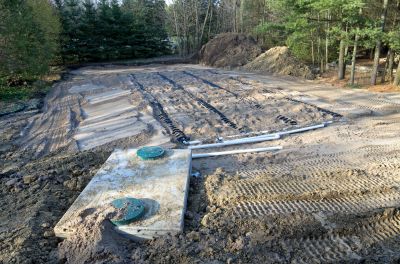
Technicians assess and replace damaged components to restore proper function.
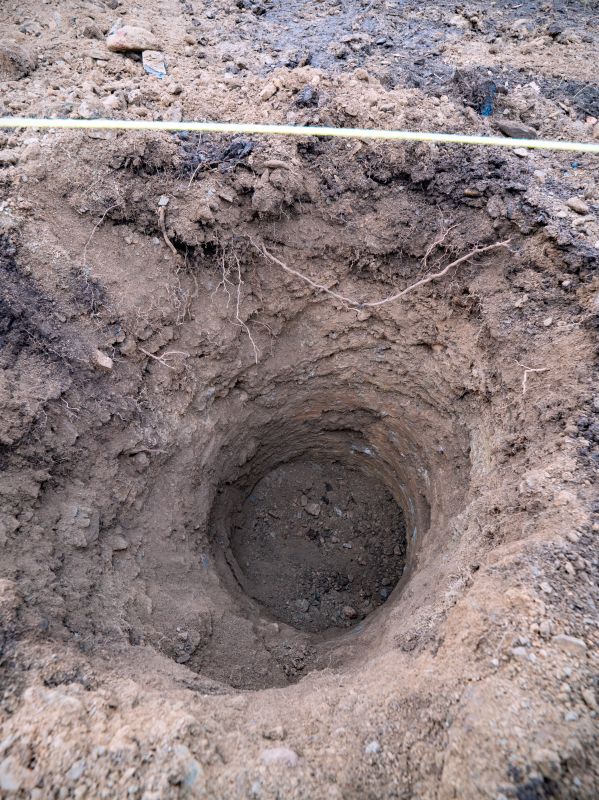
Excavation is performed during dry weather to prevent soil instability.

Soil conditions are evaluated to determine the best repair timing.
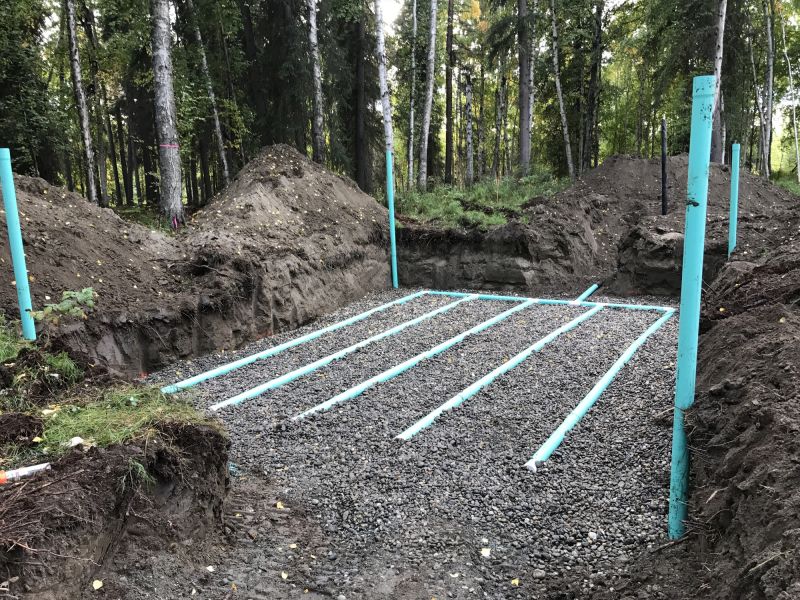
Ways to make Septic Leach Field Repairs work in tight or awkward layouts.
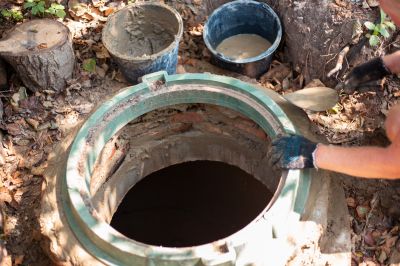
Popular materials for Septic Leach Field Repairs and why they hold up over time.
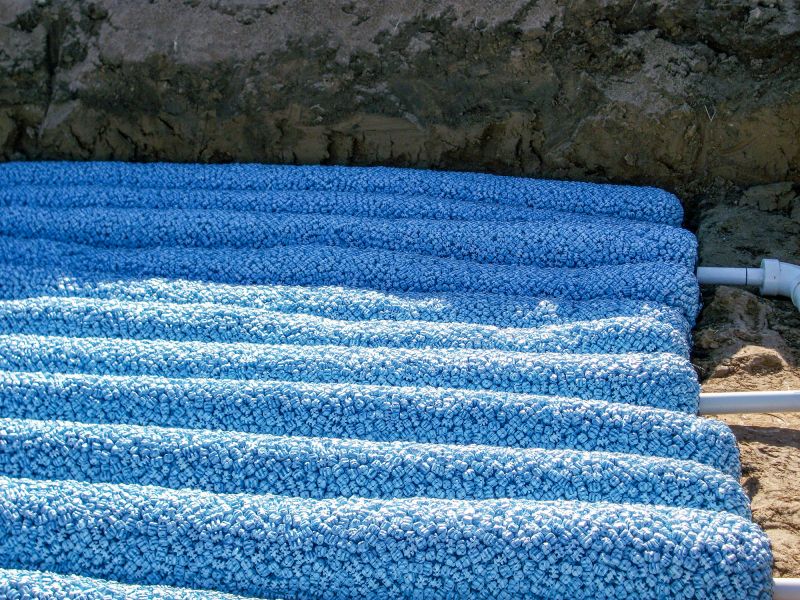
Simple add-ons that improve Septic Leach Field Repairs without blowing the budget.
| Season | Optimal Repair Conditions |
|---|---|
| Spring | Ideal for repairs due to mild weather and soil dryness. |
| Summer | Suitable if soil is dry; avoid during heavy rain. |
| Fall | Good for repairs before winter, soil still manageable. |
| Winter | Generally not recommended due to frozen ground and weather constraints. |
| Post-Repair Maintenance | Best scheduled during dry, mild seasons to ensure longevity. |
Septic leach field repairs are critical for maintaining the health and efficiency of a septic system. The leach field, also known as a drain field, disperses treated effluent into the soil. Over time, issues such as clogging, soil compaction, or damage can impair its function. Timely repairs help prevent system failure, which can lead to costly cleanup and environmental hazards. Proper timing, considering weather and soil conditions, ensures repairs are performed effectively and with minimal disruption. Regular inspections and proactive maintenance during optimal seasons can extend the lifespan of the system and improve performance.
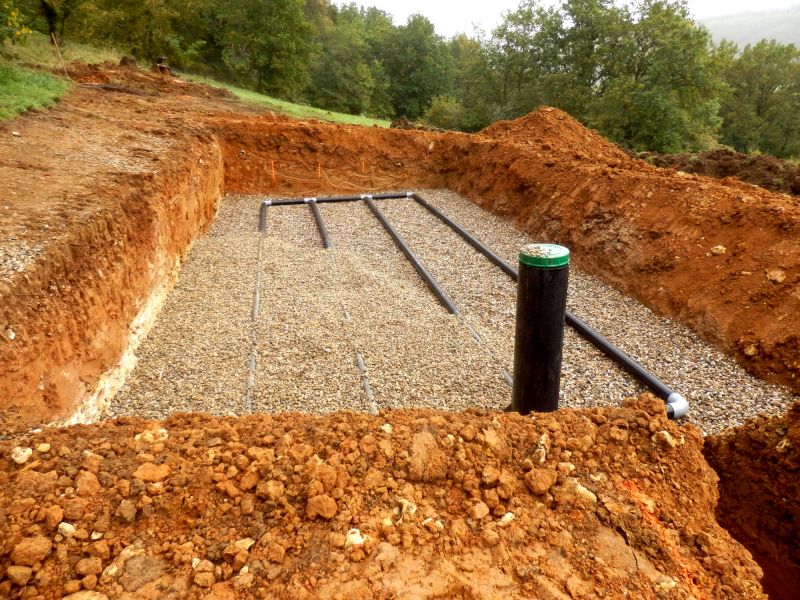
Specialized machinery used for excavation and soil remediation.
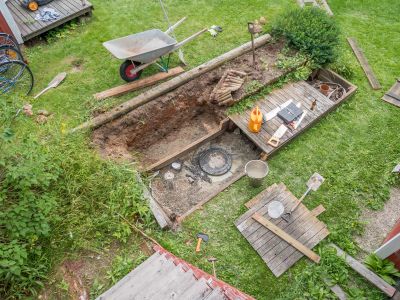
Assessing soil moisture and compaction levels before scheduling repairs.

Repairs finished with restored system functionality.

Routine check to identify potential issues early.

High-end options that actually feel worth it for Septic Leach Field Repairs.

Finishes and colors that play nicely with Septic Leach Field Repairs.
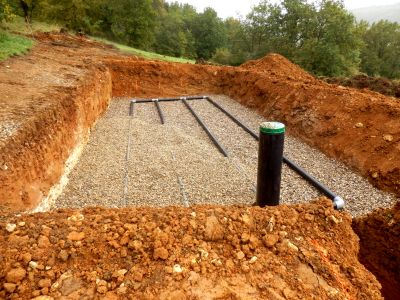
Little measurements that prevent headaches on Septic Leach Field Repairs day.
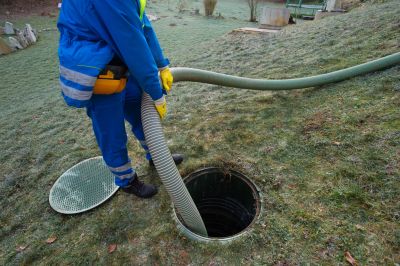
A 60-second routine that keeps Septic Leach Field Repairs looking new.
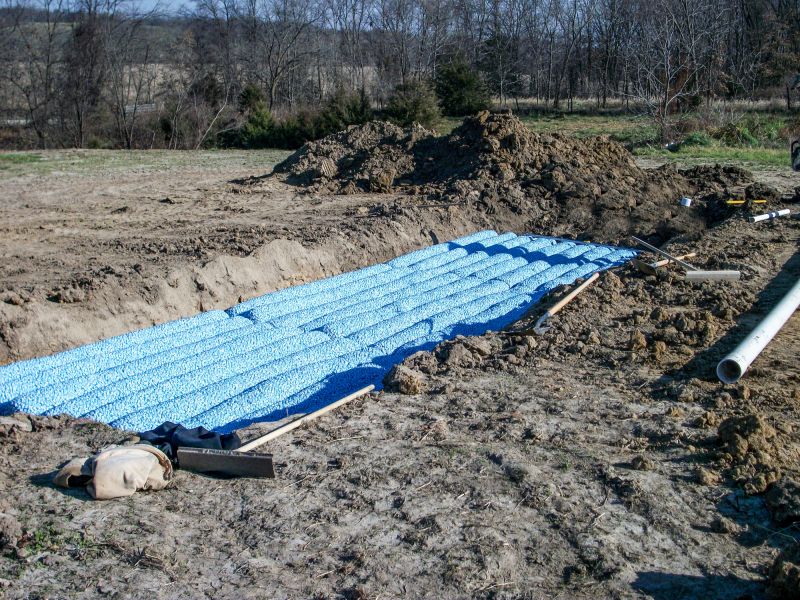
A frequent mistake in Septic Leach Field Repairs and how to dodge it.
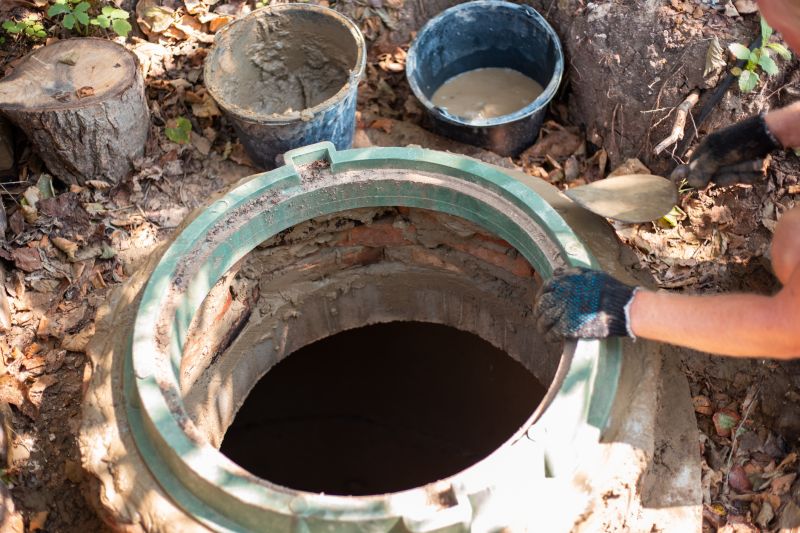
Small tweaks to make Septic Leach Field Repairs safer and easier to use.

Lower-waste or water-saving choices for Septic Leach Field Repairs.

The short, realistic tool list for quality Septic Leach Field Repairs.
For those considering septic leach field repairs, scheduling during favorable weather conditions can significantly reduce complications and costs. Regular inspections during the year can help identify early signs of failure, allowing repairs to be planned at the most suitable time. Proper timing not only ensures efficient repair work but also contributes to the longevity of the entire septic system. If there is interest in scheduling repairs or inspections, filling out the contact form is recommended to receive tailored guidance and service options.



